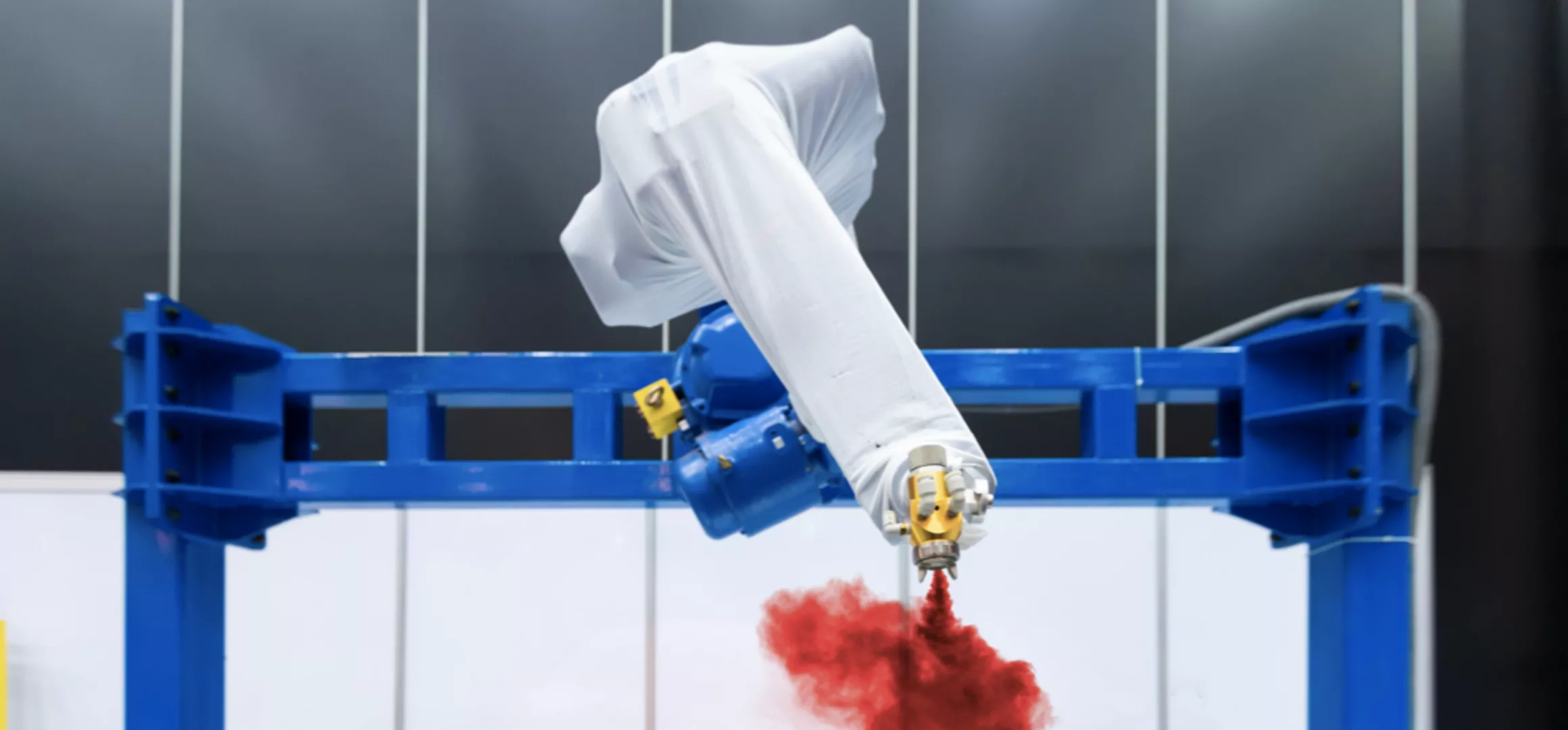
Materials sourced from the European Union (EU) refer to any raw materials or products that are manufactured, processed, or produced within the geographical boundaries of the EU. This includes products that are made from raw materials sourced from within the EU or from other countries. The EU has strict regulations regarding the sourcing and labeling of products, to ensure that consumers can make informed choices about the products they purchase.
Traditional manufacturing processes are methods used to produce goods and products in a factory or industrial setting. Some of the common traditional manufacturing processes include:
These processes have been used for many decades and have evolved over time to become more efficient and cost-effective.



In general, surface treatments are applied to metal or plastic surfaces to improve their properties, such as resistance to wear, corrosion, and chemical damage. High-quality surface treatments should result in a durable and long-lasting improvement to the surface of the material being treated. It is recommended to research and compare different surface treatments, including TIGER (tm), to determine the best solution for a specific application.



Product by product quality assurance is a process of evaluating each individual product during and after production to ensure that it meets the required quality standards. The goal of this process is to identify and correct any defects or deviations in the product before it is shipped to the customer. This approach to quality control can be contrasted with batch inspection, where a sample of products from a batch is tested, and the entire batch is assumed to be of the same quality if the sample passes inspection.
Product by product quality assurance may include a combination of visual inspections, dimensional measurements, functional tests, and other methods to assess the quality of each product. This approach can be more time-consuming and resource-intensive than batch inspection, but it can result in a higher level of confidence in the quality of each product and can reduce the risk of shipping defective products to customers.

